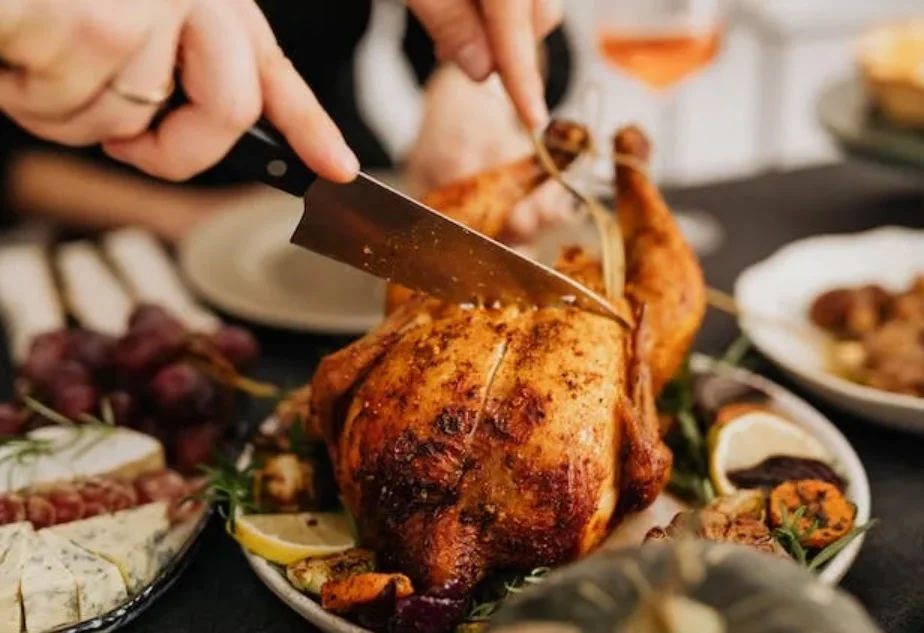
Pollast: A Comprehensive Guide for Chefs and Food Lovers
- by Touseeq Muhammad
- Posted on August 20, 2024
Introduction
Pollast, a versatile and flavorful protein, has been gaining popularity among chefs and food lovers alike. Whether you’re a professional chef or a home cook, understanding how to work with pollast can open up a world of culinary possibilities. In this guide, we’ll explore everything you need to know about pollast—from its origins and nutritional benefits to cooking techniques and recipes.
What is Pollaste?
Pollaste, derived from a unique breed of poultry, is known for its tender texture and rich flavor. This bird is raised in a specific environment that enhances its natural taste, making it a favorite among gourmet chefs.The pollaste is often compared to chicken but with a more intense flavor profile and slightly firmer meat.
Nutritional Benefits of Pollaste
Pollaste is not only delicious but also packed with nutritional benefits. It is an excellent source of lean protein, essential for muscle building and repair. Additionally, it is rich in vitamins such as B6 and B12, which are vital for energy production and brain health. Pollast also contains important minerals like iron and zinc, contributing to a balanced diet.
Nutritional Breakdown
- Protein: High-quality, lean protein
- Vitamins: B6, B12
- Minerals: Iron, Zinc
- Calories: Moderate, depending on preparation method
Selecting and Storing Pollaste
How to Choose Fresh Pollaste
When selecting pollaste, look for birds with firm, moist skin and a slight pinkish hue. The meat should be free of any unpleasant odors, which indicates freshness. If purchasing frozen pollast, ensure the packaging is intact and check the expiration date.
Proper Storage Techniques
Fresh pollaste should be stored in the refrigerator at a temperature below 40°F (4°C) and used within 1-2 days. For longer storage, pollast can be frozen, where it will keep for up to 6 months. When freezing, it’s advisable to wrap the bird tightly in plastic wrap or place it in an airtight container to prevent freezer burn.
Cooking Techniques for Pollaste
Roasting Pollaste
Roasting is one of the most popular methods for cooking pollaste, as it brings out the bird’s natural flavors. Preheat your oven to 375°F (190°C). Season the pollaste with herbs, spices, and a little olive oil. Roast for about 20 minutes per pound, or until the internal temperature reaches 165°F (74°C). Allow the bird to rest for 10 minutes before carving.
Grilling Pollaste
Grilling pollaste gives it a smoky flavor that’s hard to resist. Marinate the pollaste in your favorite herbs and spices for at least an hour before grilling. Preheat the grill to medium-high heat, then cook the pollaste, turning occasionally, until it reaches the desired internal temperature.
Sautéing Pollaste
For a quick and easy meal, sautéing is an excellent option. Cut the pollaste into smaller pieces, season, and cook in a hot skillet with a little oil. Sauté for 5-7 minutes on each side, or until the meat is fully cooked. This method is perfect for stir-fries, salads, or as a topping for pasta.
Delicious Pollaste Recipes
Pollaste a la Provence
Ingredients:
- 1 whole pollaste
- 3 cloves garlic, minced
- 1 tbsp rosemary
- 1 tbsp thyme
- 1 lemon, sliced
- Salt and pepper to taste
- Olive oil
Instructions:
- Preheat the oven to 375°F (190°C).
- Rub the pollaste with garlic, rosemary, thyme, salt, and pepper.
- Stuff the cavity with lemon slices.
- Drizzle with olive oil and place in a roasting pan.
- Roast for 1.5 hours, basting occasionally.
- Serve with roasted vegetables or a fresh salad.
Grilled Pollaste Tacos
Ingredients:
- 2 pollaste breasts
- 1 tbsp chili powder
- 1 tbsp cumin
- 1 lime, juiced
- Corn tortillas
- Fresh salsa
- Avocado slices
- Cilantro
Instructions:
- Marinate the pollaste breasts in chili powder, cumin, and lime juice for 1 hour.
- Grill the pollaste on medium-high heat until fully cooked.
- Slice the pollaste and serve in warm corn tortillas.
- Top with fresh salsa, avocado slices, and cilantro.
Pollaste: Tips and Tricks
- Resting Time: Always let pollaste rest for a few minutes after cooking to retain its juices.
- Flavor Enhancements: Experiment with different marinades and rubs to find your perfect flavor profile.
- Leftovers: Use leftover pollaste in salads, sandwiches, or as a protein boost for soups.
Conclusion
Pollaste is a culinary gem that offers versatility and robust flavor. Whether you’re roasting, grilling, or sautéing, pollaste can be the star of your next meal. With its nutritional benefits and rich taste, it’s no wonder that pollaste is becoming a favorite among chefs and food enthusiasts. Try incorporating pollaste into your cooking repertoire and enjoy the delightful results!
Introduction Pollast, a versatile and flavorful protein, has been gaining popularity among chefs and food lovers alike. Whether you’re a professional chef or a home cook, understanding how to work with pollast can open up a world of culinary possibilities. In this guide, we’ll explore everything you need to know about pollast—from its origins and…